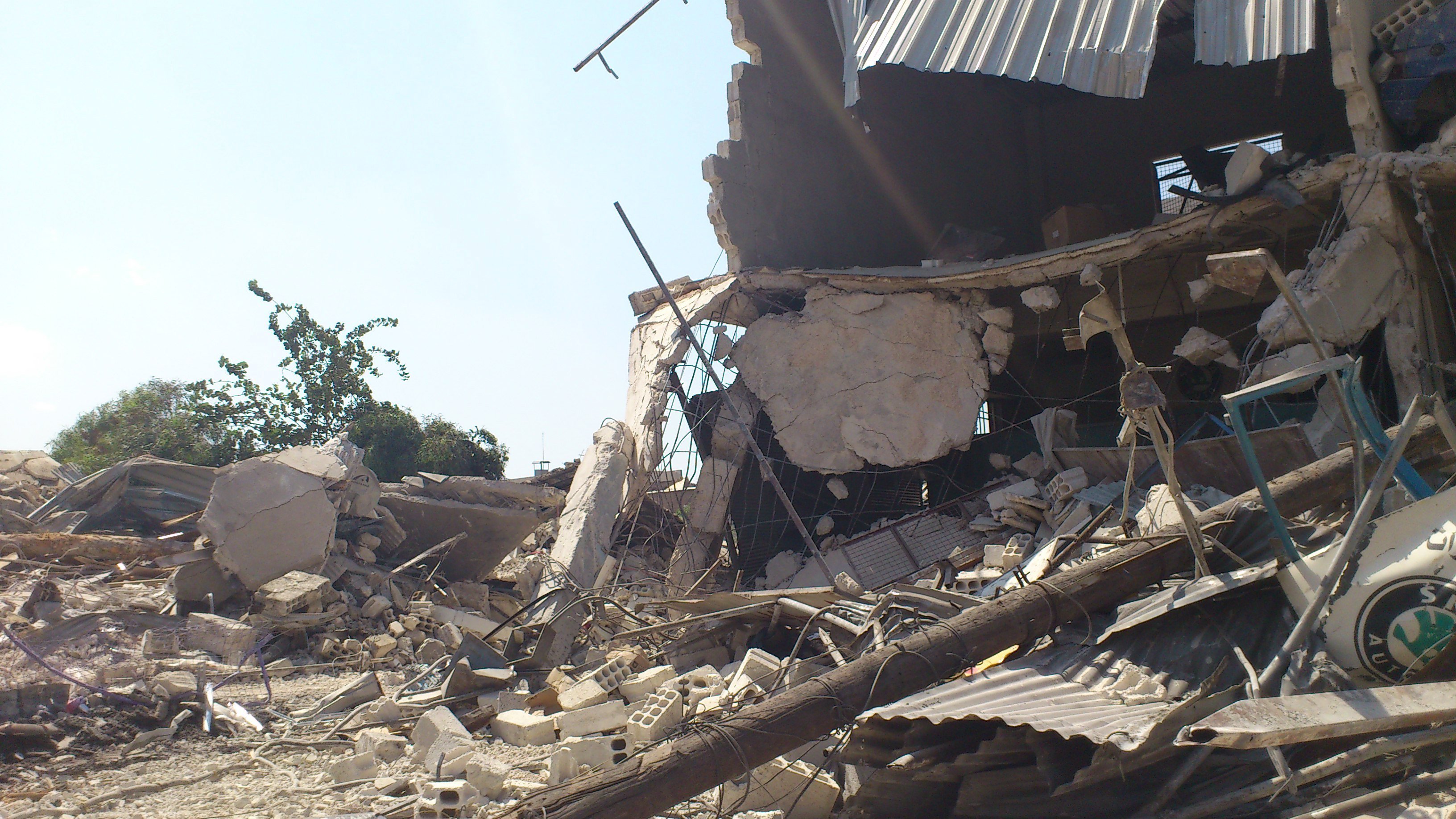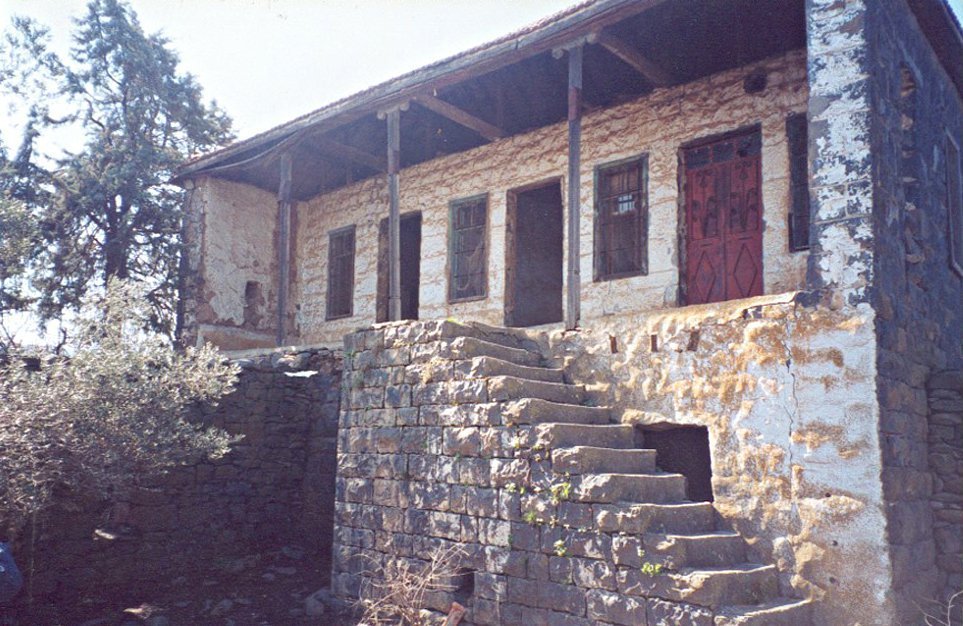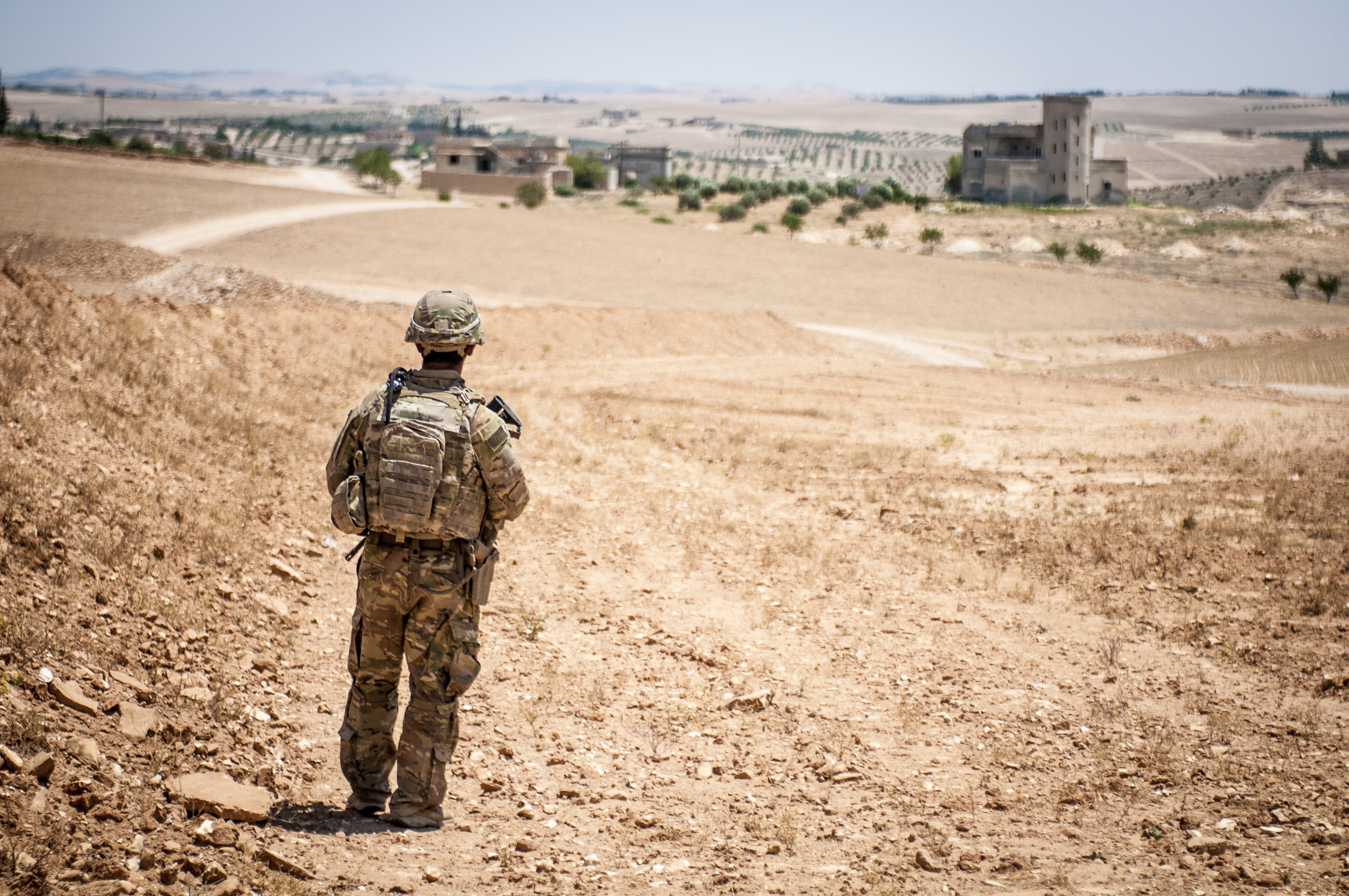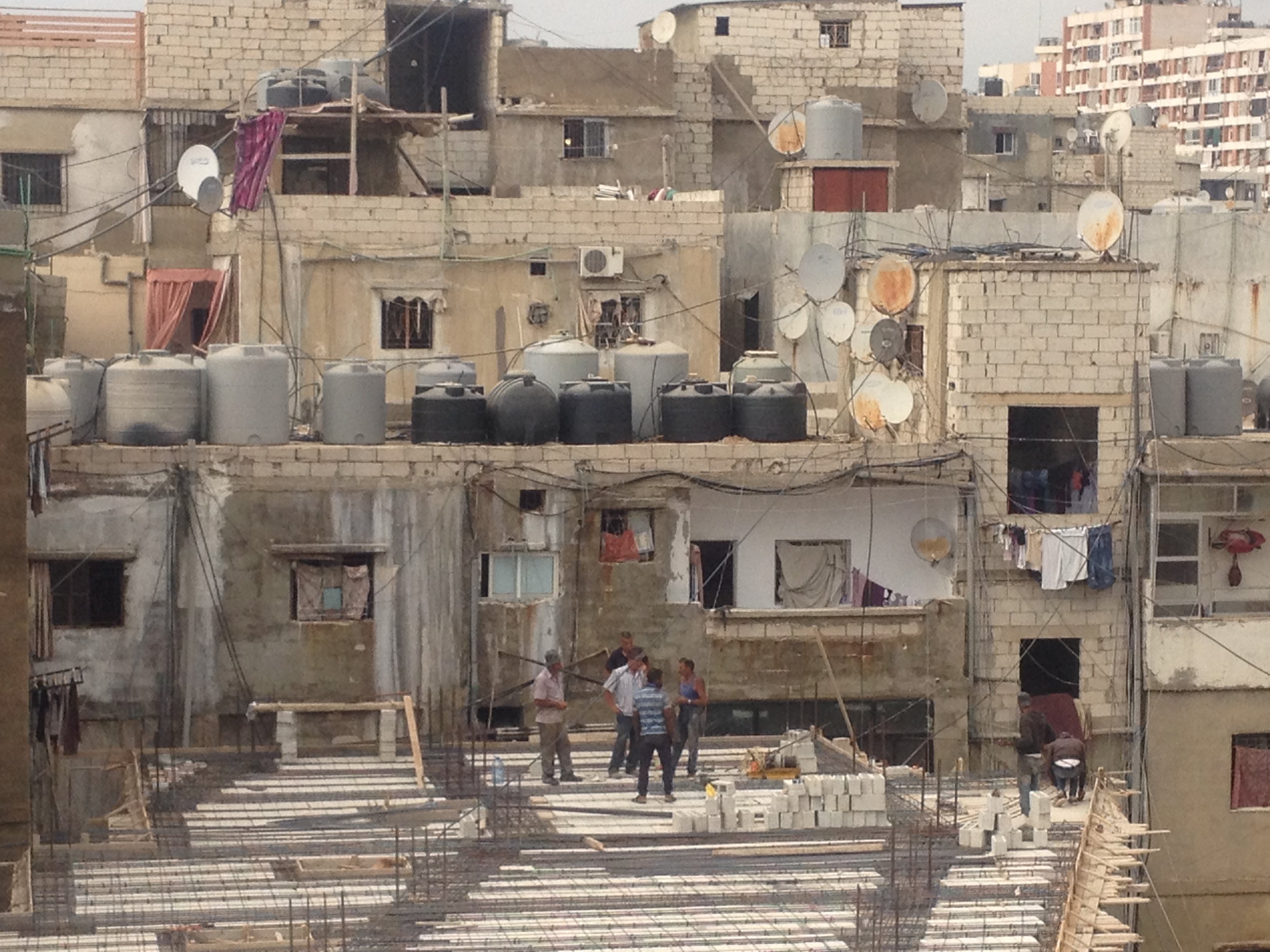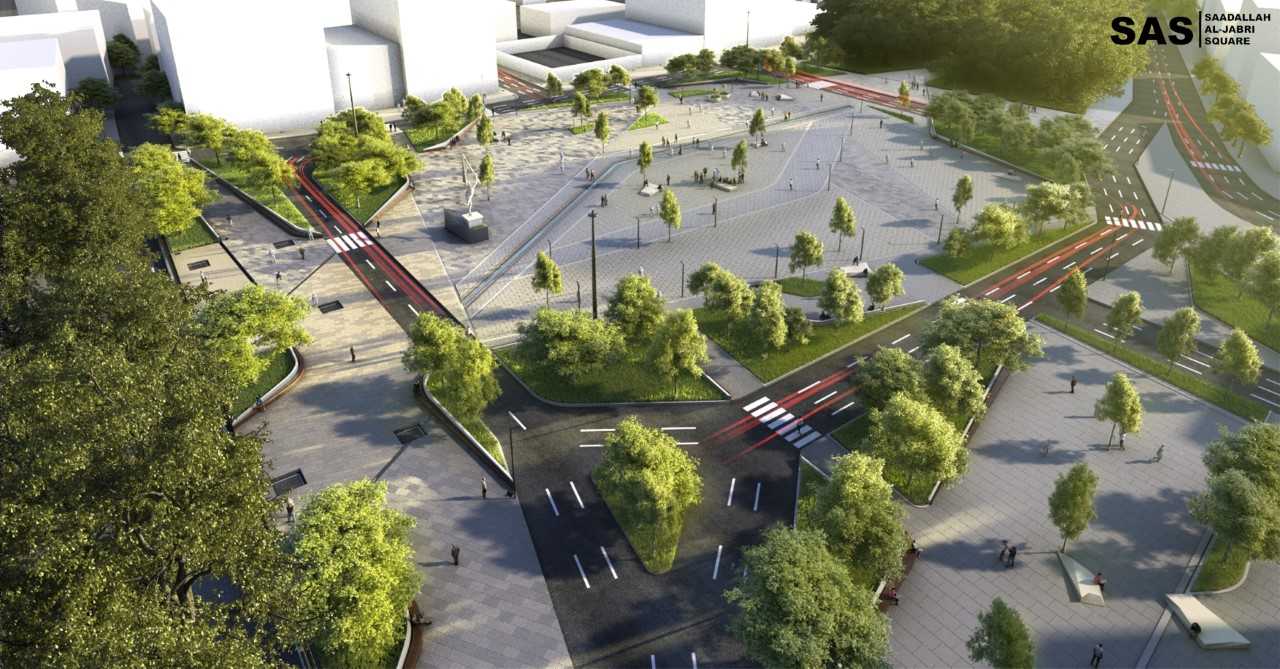EXECUTIVE SUMMARY
Recent reports of Syrian refugees returning to their home country after several years of civil war raise important issues, one of which being the status of their properties in the country. A recently enacted law called Law No. 10 of 2018 – ostensibly part of benign reconstruction legislation – has proven to be problematic for the millions of Syrians who are refugees, internally displaced or living abroad. This is happening on a scale that affects conflict settlement and the emerging post-war social order, as it shapes the framework for reconstruction and reintegration into the economy and social life. Although several articles have addressed the potential problems raised by this law, there are no analyses that explicitly tackle Law no. 10 from a rule-of-law perspective.
read more The Aleppo Project
The Aleppo Project